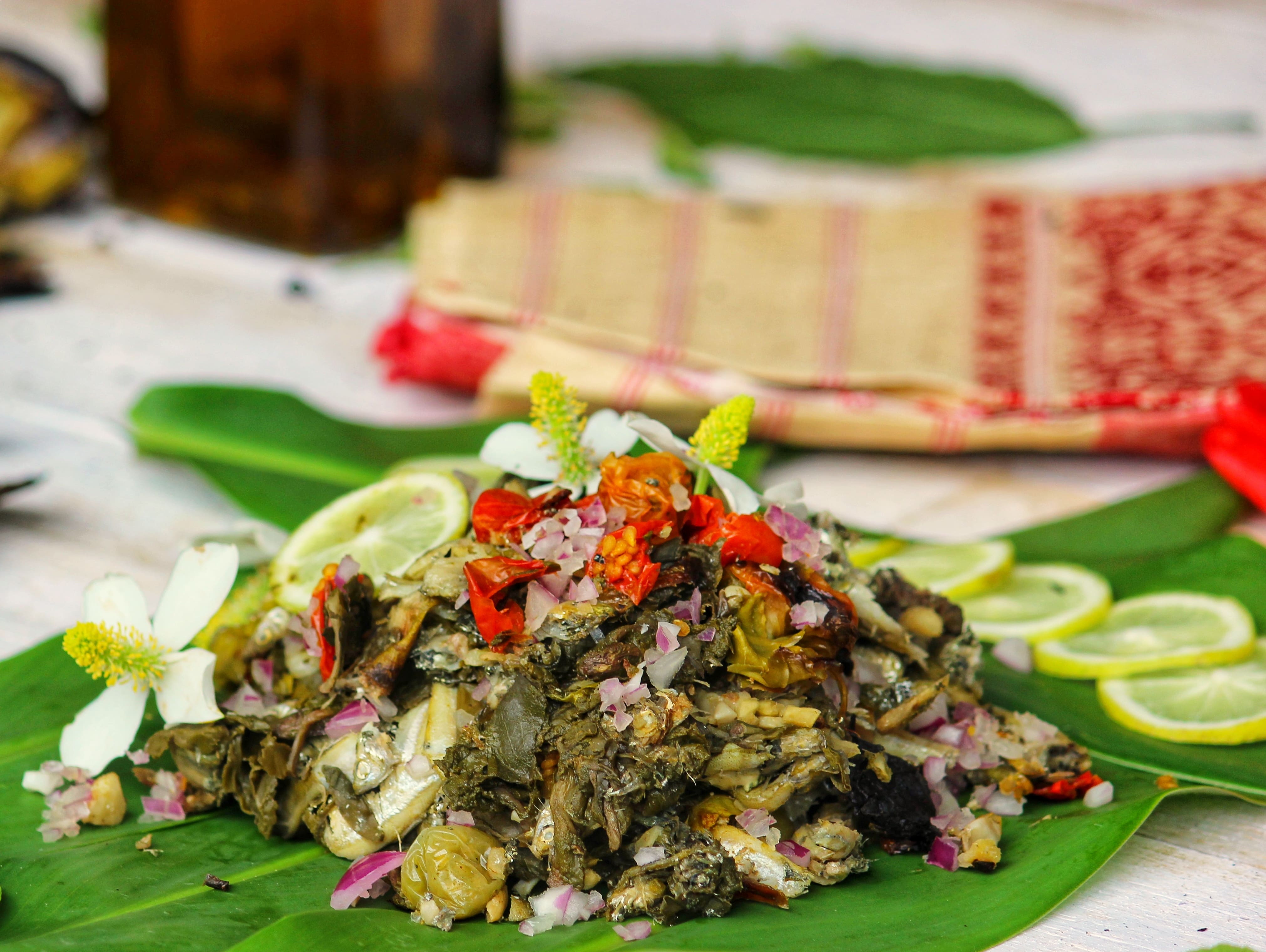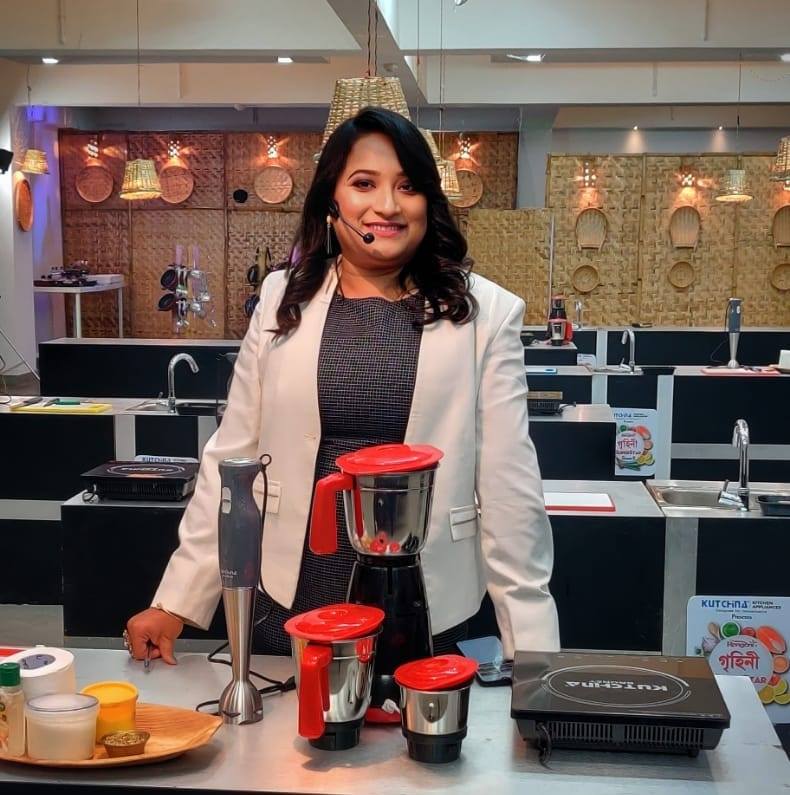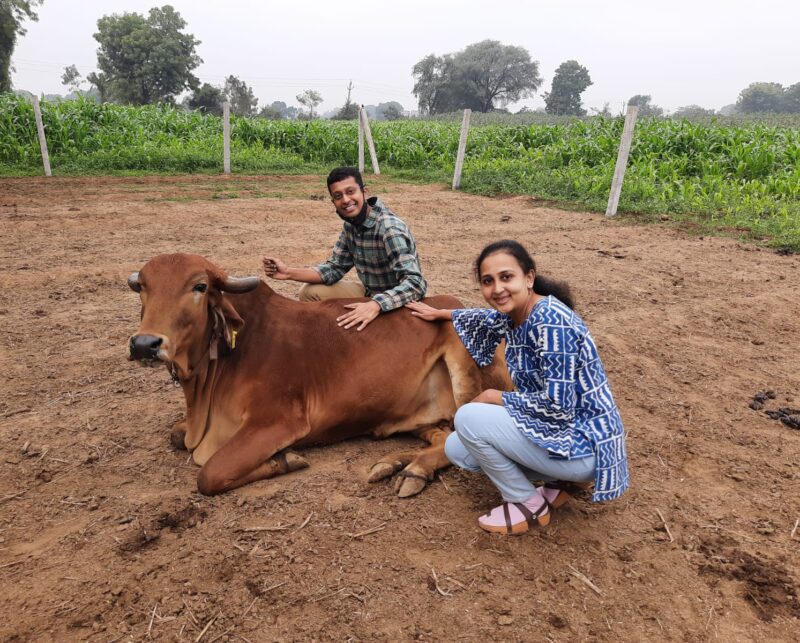Colocasia plants are tuberous and herbaceous perennials. The roots stems and leaves of the colocasia has wide-ranging culinary uses in southeastern Asia and the Indian subcontinent. The leaves are rich in protein while the tubers have high carbohydrate content. In southeastern Asia, an iron and protein-rich soup is made using the leaves and coconut.
In India, there are so many distinctive regional dishes made using the Colocasia as the main ingredient. The flavors of these snacks and main dishes range from being sweet to sour to even bitter. Some of the dishes are Usli, TuriaPatra, besanPatra, KochuSaagerGhonto, Patrel andKosuthuripitika. In Gujarat,patra or patrel is a multi-layered farsan of rolled-up leavessmeared with a spiced besan batter, steamed and fried till crunchy. A similar dish from northern Karnataka, patrodeis also a rolled up and fried leaf with rice or gram batter. The leaf is also used to make a curry known as kesa or kesuvinapalya most often eaten with akki roti.
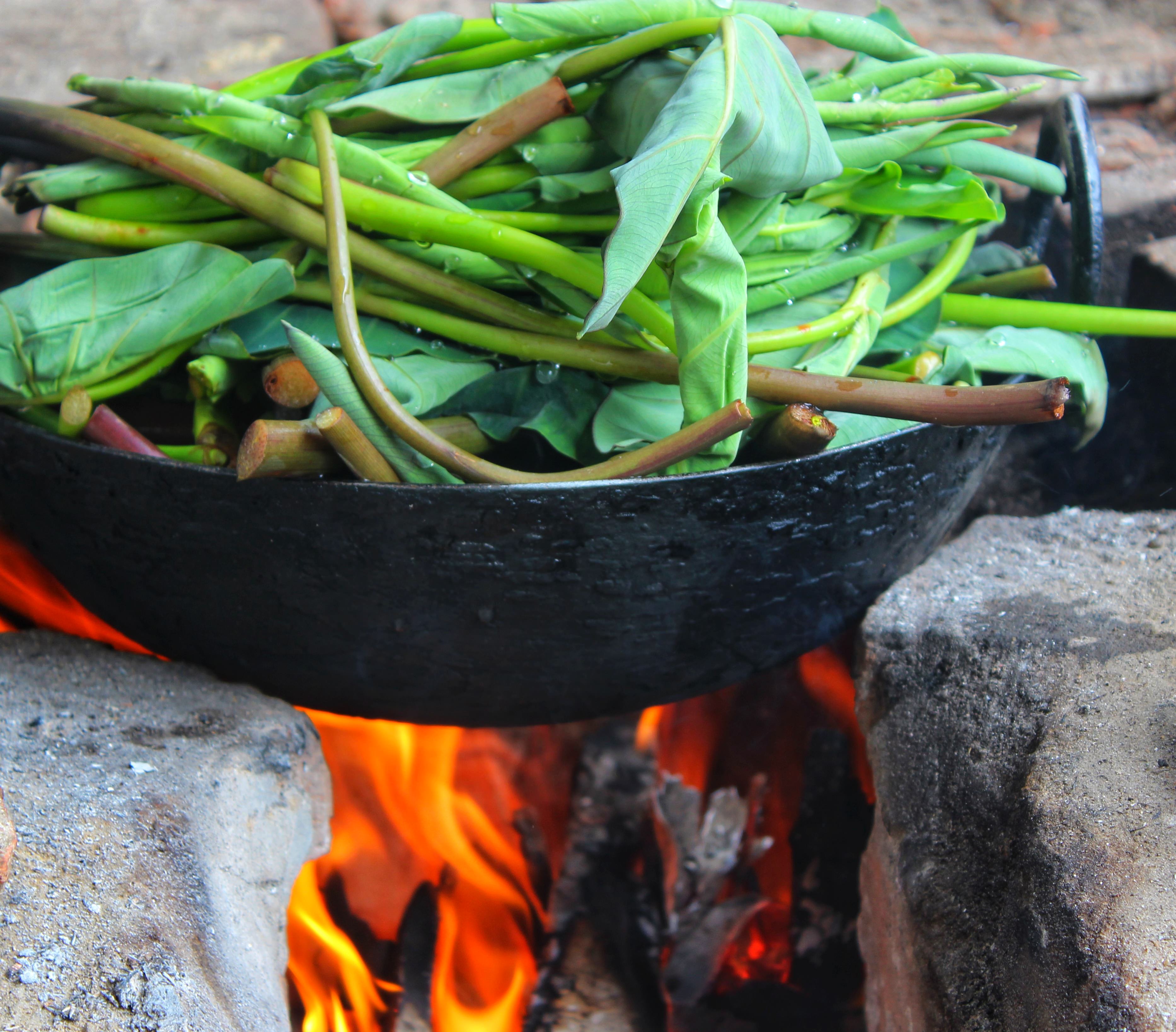
In the eastern districts of Uttar Pradesh, aravikapatta is used to make the dish sahina. In Kerala, the leaves are used to make chembila curry and in stews. In Uttarakhand, the leaves are used to make a dish known as gaabaa, while the stem is enclosed in Urad dal paste and dried to make badi.
In Maharashtra, the leaves are used to make a sweet and sour curry with peanuts and cashew nuts for special ocassions. The leaf bases are mixed with curd to make the side dish dethi. The leaves are also coated in besan and fried to make the snack paatwadi or aloowadi.
In Manipur, the leaves are used in the Meitei ethnic cuisine and called ootti and paangkhoklaa by the Meiteis, the edible corms calledpaan often cooked with fermented soy beans to make curries or eromba, a Meitei side dish.In Nagaland, the leaves are dried, powdered, kneaded into a dough and baked into biscuits which can be added into meat dishes to create a thick, flavourful dry gravy. In Bengal, the leaves are used to wrap fish and prawns for steaming to make bhapa mach. The roots and stems are grated with coconut and used to create a chutney. Colocasia is part of the staple diet of Mizoram. In Tamil Nadu, these leaves may be used in Poriyal.
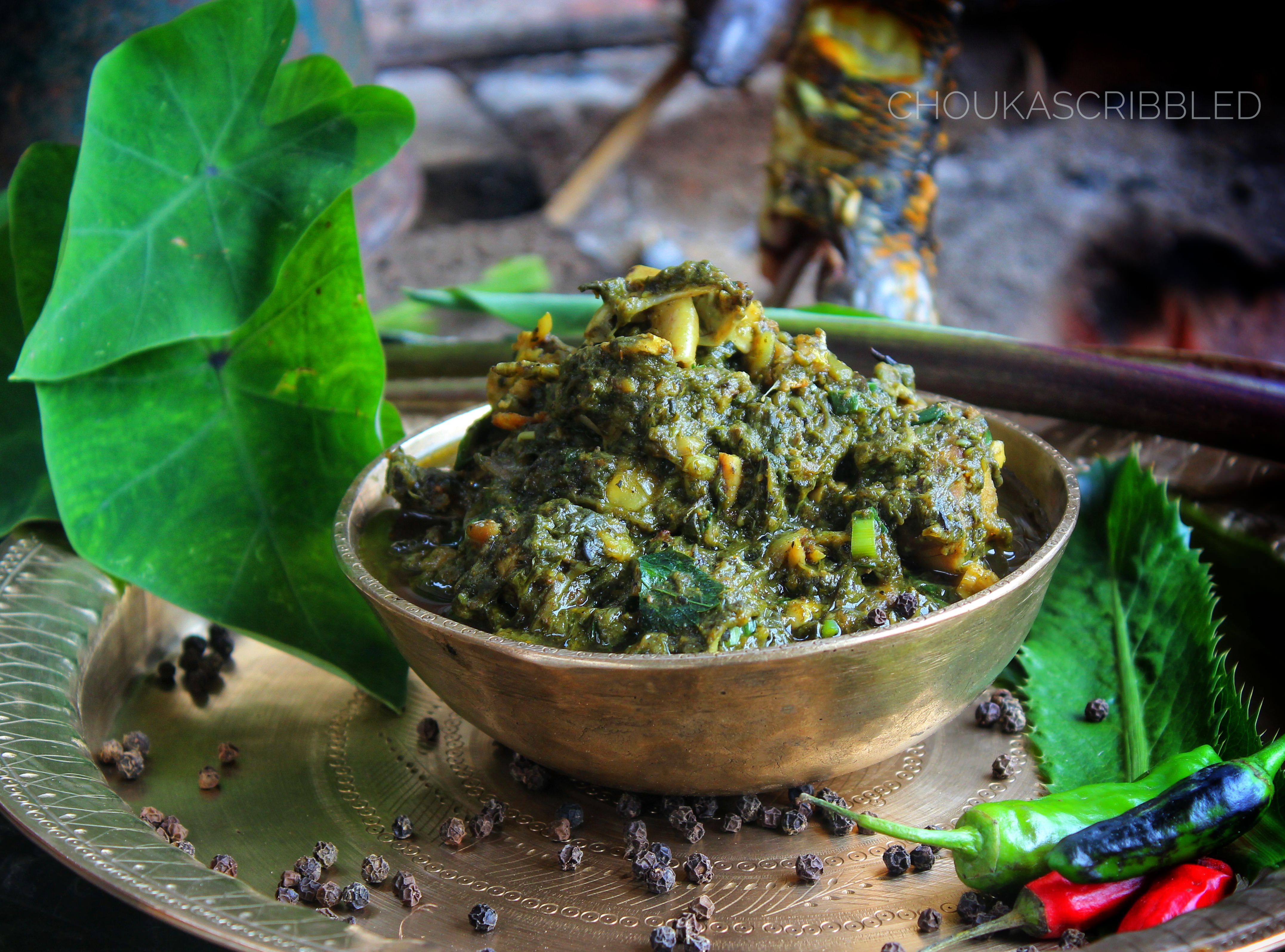
There are quite a few preparations using KosuXaak in Assam too. What makes it unique is the balance between the souring agent, pepper and the other ‘star’ ingredient that is added to it – for instance, fresh fish, fish head, smoked pork, smoked fish, chicken, and lentils, among others. It is either had as a curry or, wrapped in banana leaves and steamed. These are two of my favorite colocasia leaf dishes from Assam.
KosuXaakaruPuraMaasorTengaAnjaa (Colocasia leaves curry with Khorikaa fish)
Ingredients:
- Colocasia leaves 4 bunches
- Khorikaa Fish 500gms
- Onion – 2 medium (chopped)
- Ginger Garlic paste- 1tbsp
- Tomato- 2 large
- Noltenga – 1 bunch
- Turmeric powder – 1/2 tsp
- Fenugreek seeds ½ tsp
- Cumin seeds ½ tsp
- Salt to taste
- Green chili as per liking
- Crushed black pepper- 1-2 tbsp
- Mustard oil- 1tbsp
- Saw tooth coriander for garnish
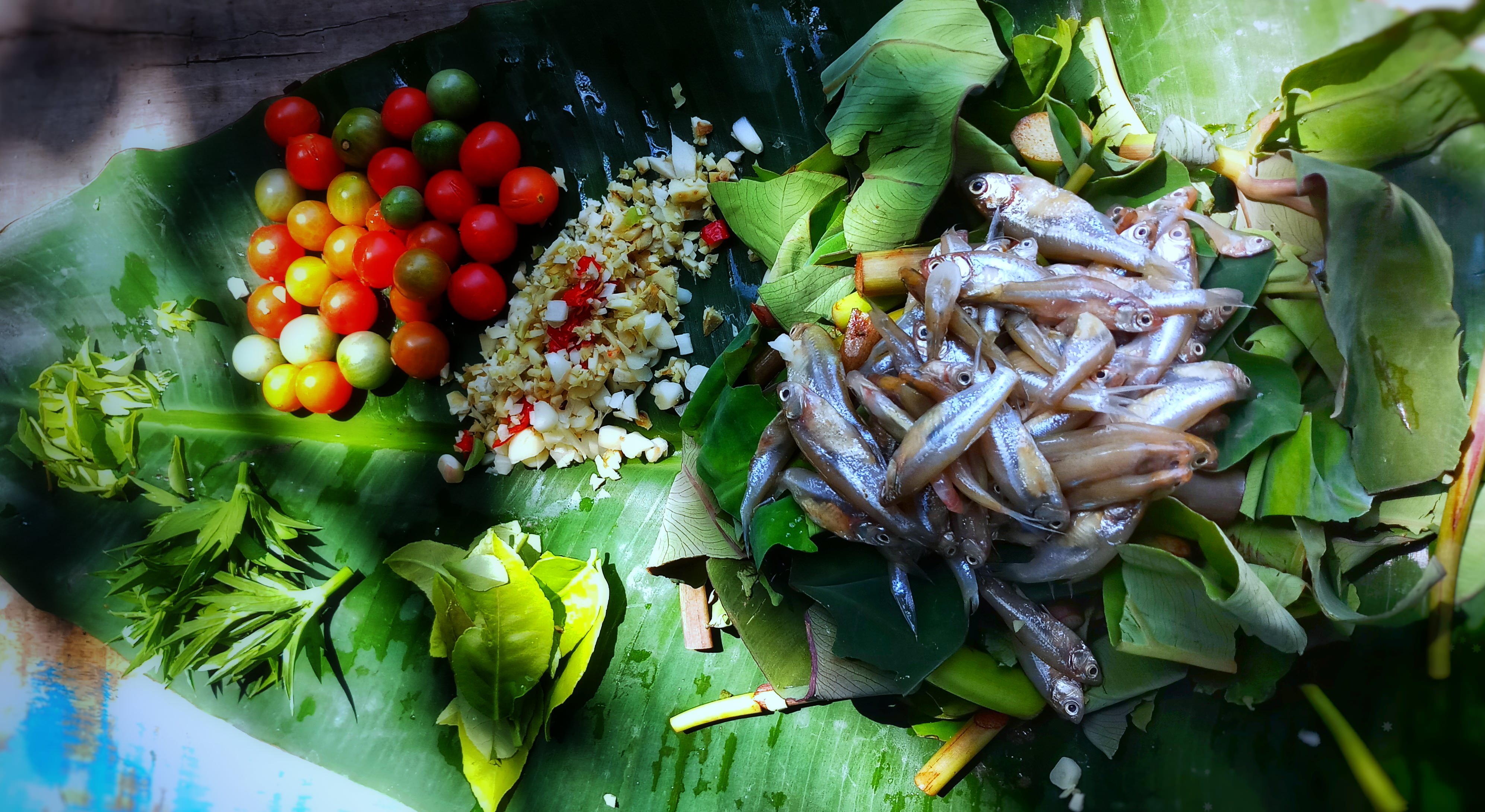
Directions:
- Wash the colocasialeaves, peel off the skin from the stems. You may choose to cut the leaves into small pieces.
- Boil them until tender for approximately 5 to 8 minutes. Strain, discard the water and keep aside
- Heat mustard oil to smoking point, and temper with fenugreek seeds and cumin seeds.
- Add chopped onion, ginger garlic paste and green chillies and sauté for few mins.
- Add the chopped tomatoes, salt and turmeric powder.
- When all the ingredients develops a light brown colour, add colocasia leaves, noltenga and smoked fish.
- Stir well and cook for another 5 minutes or so, till the flavours are blended thoroughly.
- Add 2cups of warm water and black pepper.
- Cook for another 3 to 5 mins, or to a desired consistency.
- Garnish with saw toothed coriander.
Muaa Maas aruKosuXaakPatotDiyaPitika
This is a grilled recipe, where the ingredients are wrapped in banana leaves and grilled on iron skillet, most typically on wood fire.
Be prepared to be overwhelmed by the outburst of smoky, spicy, tangy and fishy flavors in your first bite!
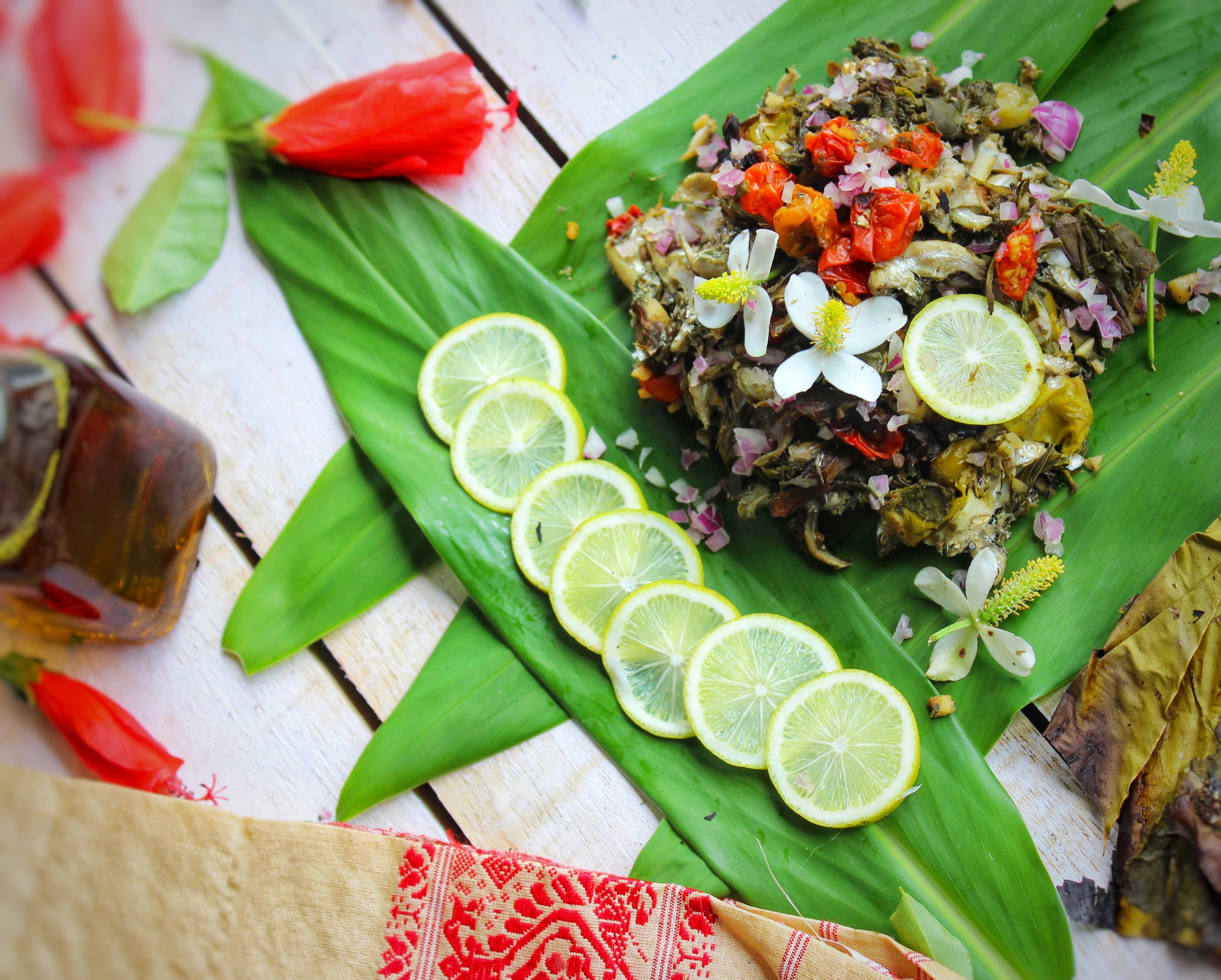
Ingredients:
- Colocasia leaves 2 bunches, peeled and coarsely chopped
- Ginger Garlic coarsely chopped – 1tbsp
- Cherry Tomato- 100gms
- Salt to taste
- Green chilli as per liking
- Aromatics leaves: Curry leaves, Assamese lemon leaves and Saw tooth coriander
- Fish 150gms
For the garnish:
- Onion (finely chopped)
- Mustard oil- 1tbsp
- Lime juice 1tbsp
Mix all the ingredients, and make nice parcel with banana leaves as shown in the picture. Place it on a pan and roast it on medium flame for 15 mins approx. on both sides.
When done, make a mash with onion, mustard oil and lime juice.
